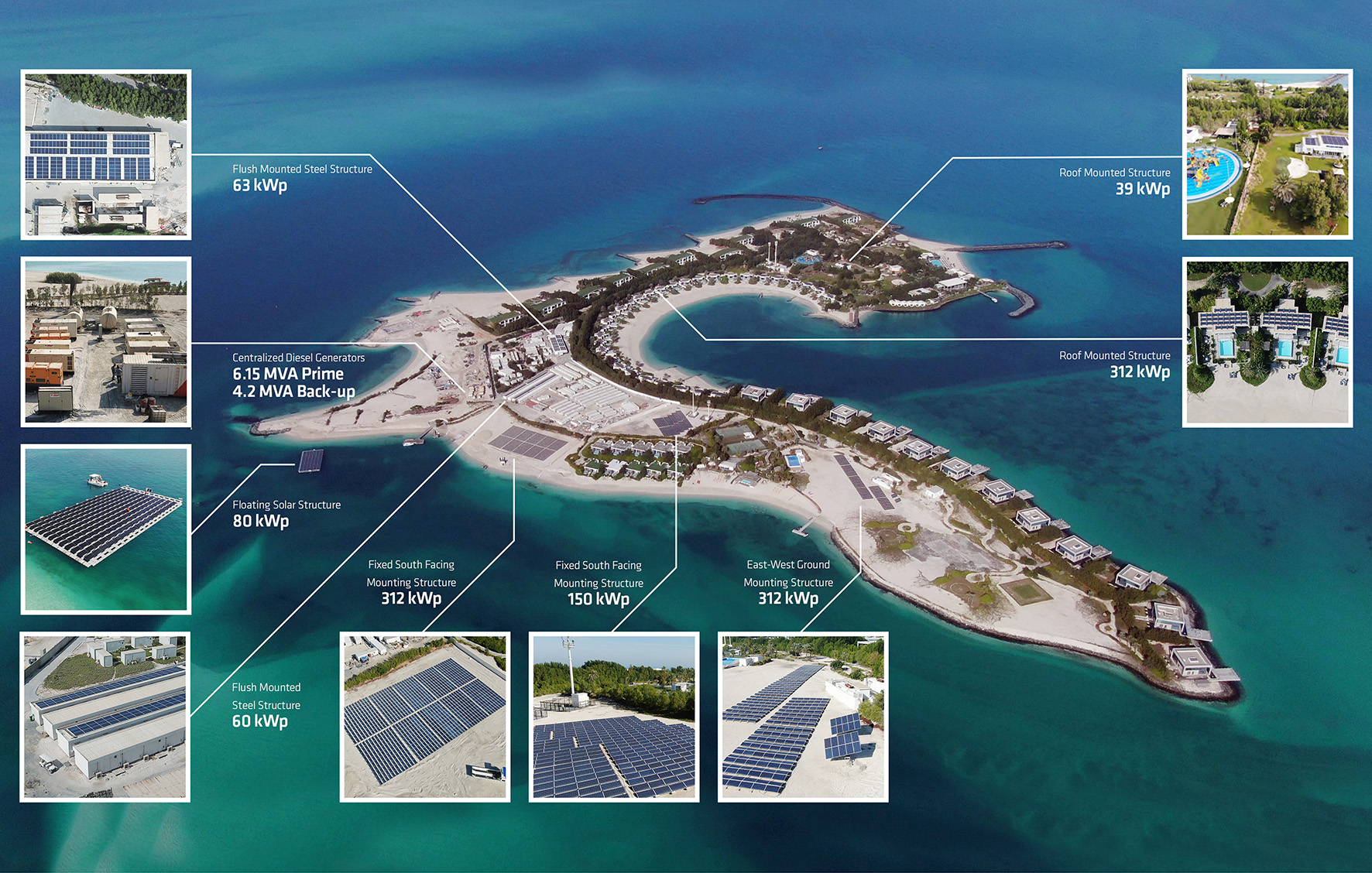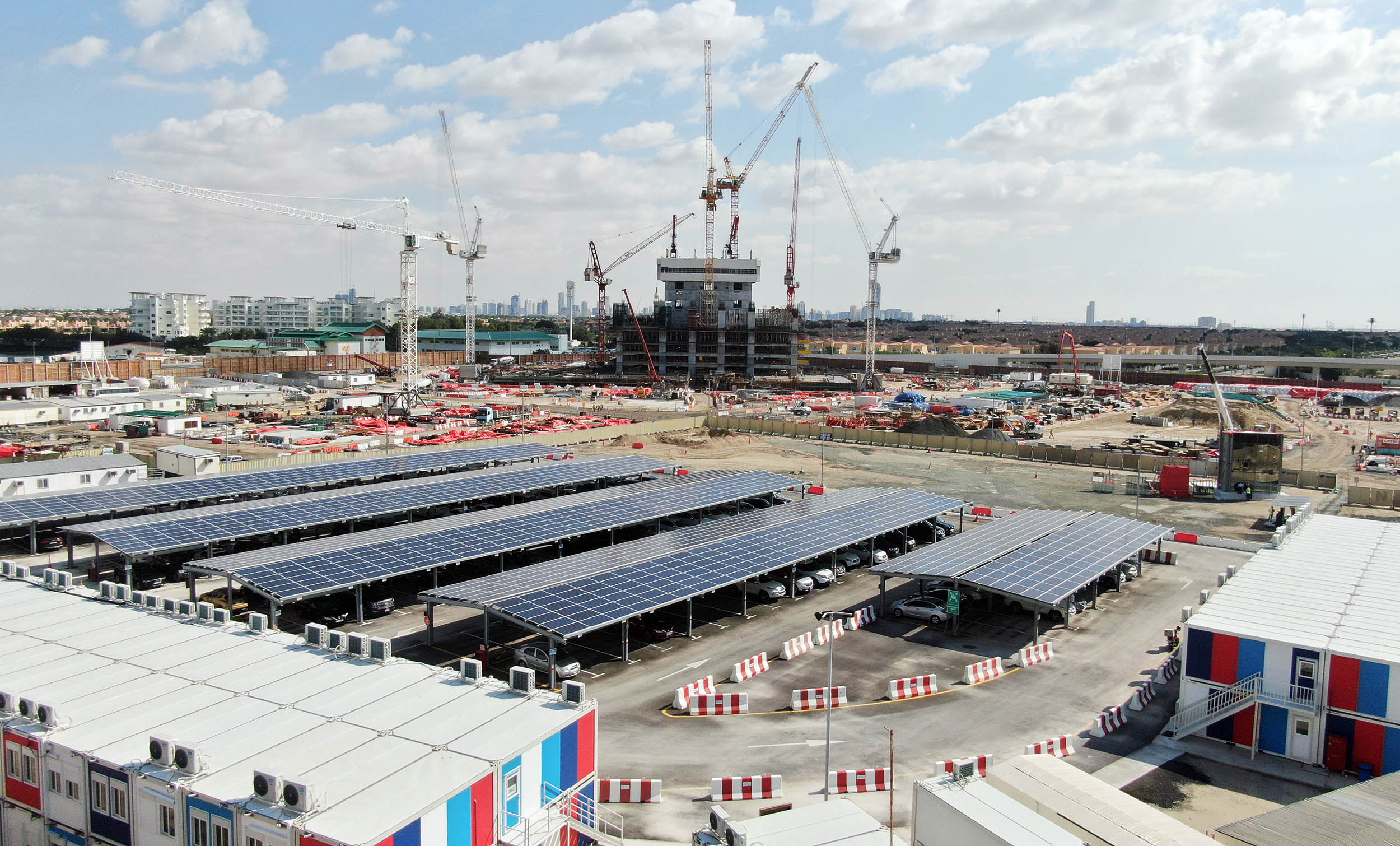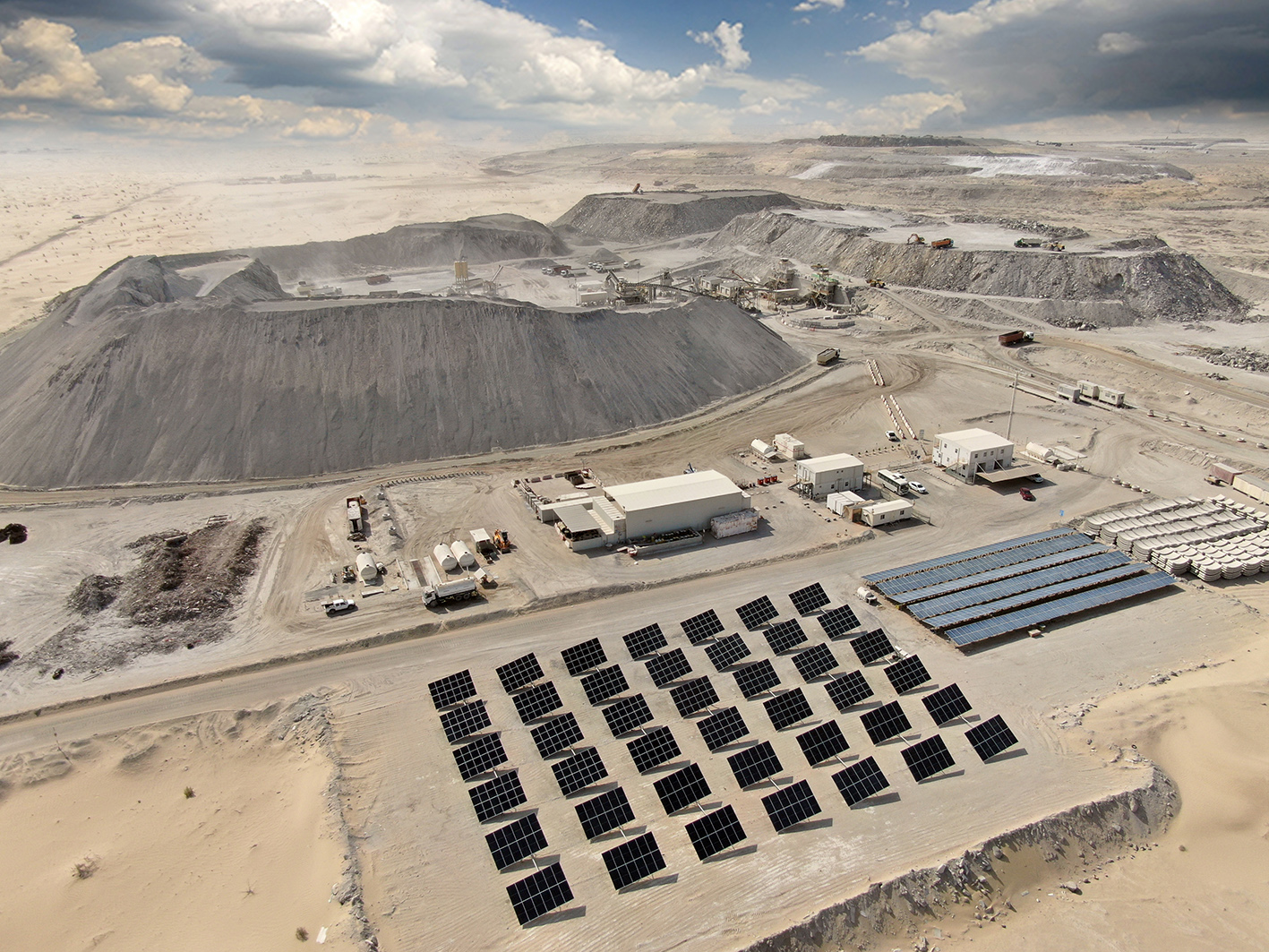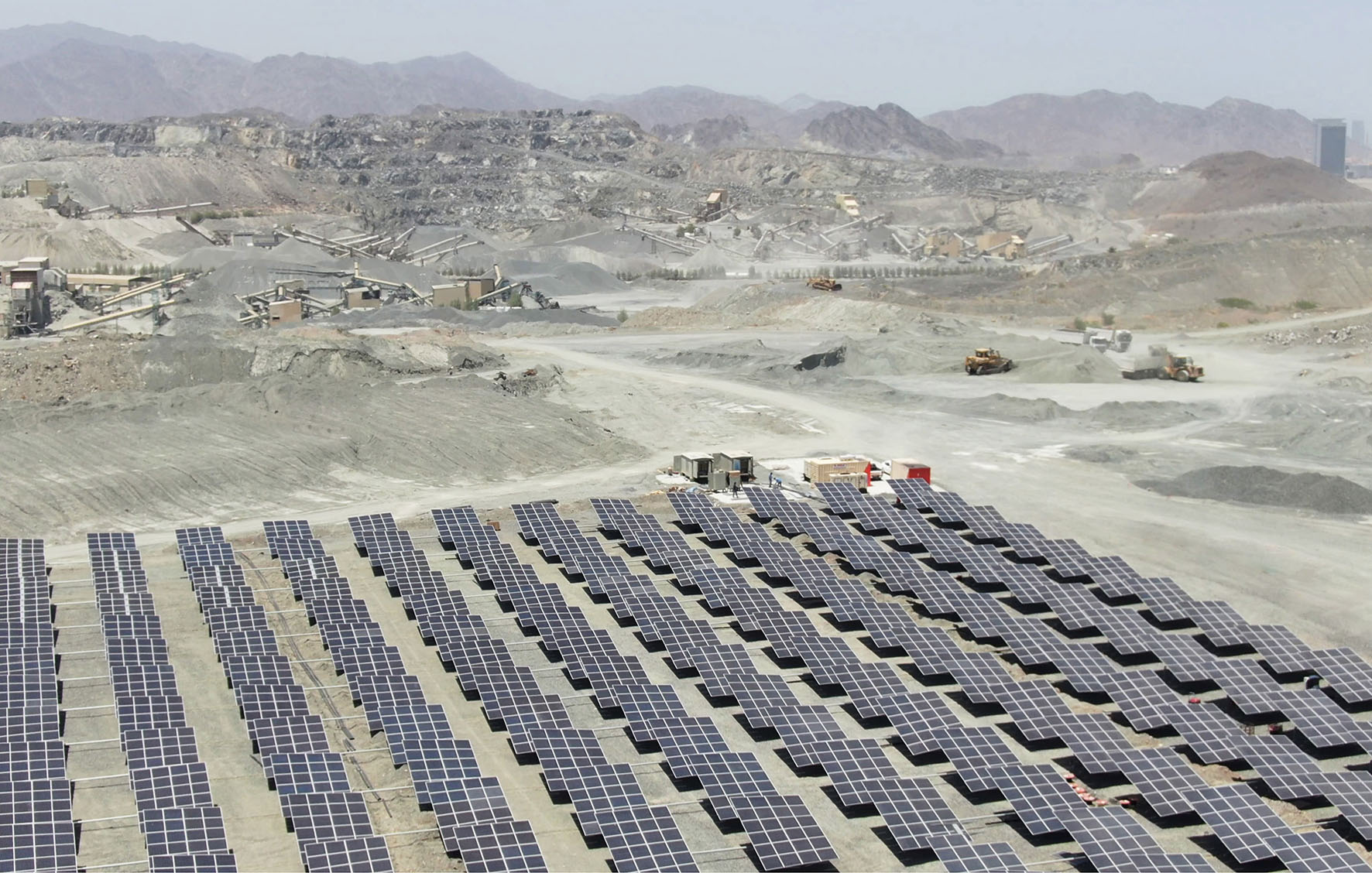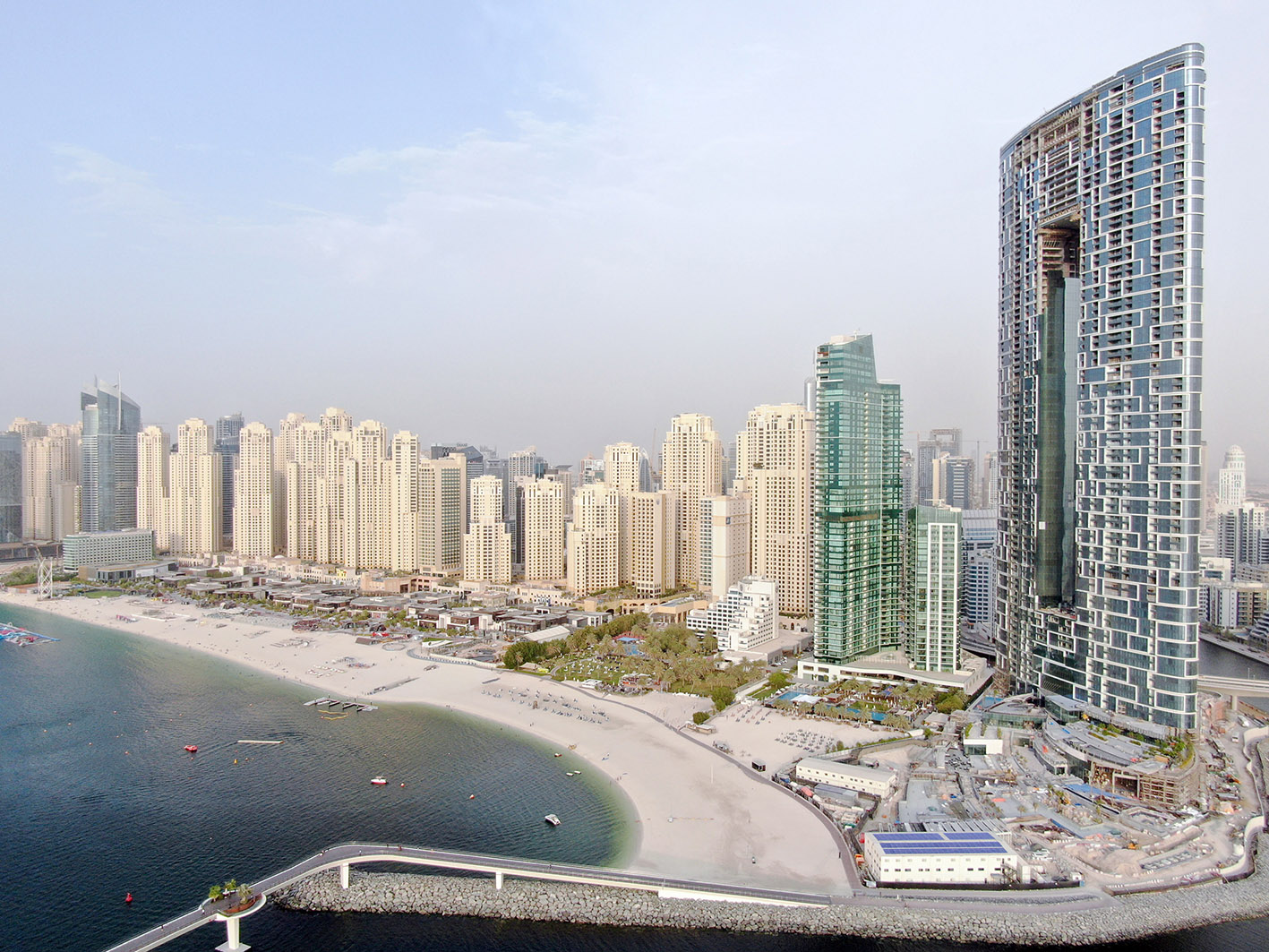Top 5 Hybrid Power Projects
Hybrid power became the new hot topic in renewable energy sector. Introducing solar power into a conventional diesel generator-based microgrid can save anywhere from 20-50% of the diesel fuel consumption. With the addition of battery storage, fuel savings can increase up to 100%.
Here are the top 5 hybrid power projects that are leading the hybrid energy sector.
1. Nurai Island, Abu Dhabi
Zaya Nurai Island is a award-winning luxury resort island, just off the coast of Saadiyat Island in Abu Dhabi. The island hosts several dozen villas, 5 restaurants, numerous attractions (including a surf pool), as well as a full set of infrastructure with RO plant, STP and staff housing.
Due to the off-shore location, the island had been powered by diesel generators for several years. In a quest to reduce the cost and environmental impact of the power generation on the island, Zaya has contracted Enerwhere to supply the power on the island on the basis of a Power Purchase Agreement (PPA). The engineers deployed a customized solar-diesel hybrid system to the island in July 2016, designed to minimize the visual impact on the luxury island atmosphere. The solar plants are largely hidden on the roofs of utility buildings and back-of-the-house areas, with only a low-profile east-west facing solar system visible from the south beach.
The system integrates the solar systems distributed over the island with the fully synchronized high-efficiency diesel power plant via a newly constructed medium-voltage network. The system also integrates the island’s existing generators at 3 locations on the island as additional backup capacity to provide cost-effective, reliable power around the clock.
2. Dubai Uptown Tower
Six Construct, the middle east subsidiary of Belgian construction giant BESIX known for bringing to life iconic landmark projects such as Ferrari World Abu Dhabi, Warner Brothers Theme Park, Burj Khalifa and many more, was awarded the contract for building the Uptown Tower in the Uptown Dubai district planned by Dubai Multi Commodities Centre (DMCC). The tower will stand at 340 meters tall and will be host to an exclusive mix of international Grade A offices, 5-star hotel and associated branded residences. To power their construction activities, Six Construct, like most other contractors in the Middle East, used to rely solely on diesel generators, which are noisy, very expensive to operate and emit harmful emissions.
To provide cost and emissions savings, Enerwhere engineering team using its experience and familiarity with loads in the construction industry introduced power management and renewable energy into their power generation mix. The site is now powered solar-diesel-hybrid microgrid, comprising of 500 kWp of solar panels and relies on technology, engineering, and data analysis to deliver clean, renewable and reliable power to site. The system fully powers the site offices, site utilities and even power-heavy applications such as tower cranes, man hoists and pumps via a centralized medium voltage network. To integrate the solar power into the microgrid, proprietary state-of-the-art power management and control system is utilized, which provides real-time monitoring of site power requirements and optimizes the solar penetration by controlling the generators, the solar system and the loads. The system has reduced CO2 emissions by over 300 tonnes while providing BESIX cost savings of over AED 200,000 since its commissioning in March 2019.
3. Al Dhafra Recycling Industries, Abu Dhabi
Al Dhafra Recycling industries (ADRI) is responsible for the processing of construction and demolition materials across Abu Dhabi, to further produce recycled products suitable for use as road base aggregates, structured and non-structured backfill projects. Due to the remote location of ADRI, the facility relied solely on diesel generators to provide power to jaw crushers, cone crushers, screening plant, conveyor belts and site offices. Aside the increased carbon footprint and the cost involved, ADRI suffered from generators continuously heating up, which resulted in frequent shutdowns culminating in loss of power.
As a first step of the hybrid power plant, Enerwhere deployed a solar-diesel hybrid project at ADRI in January 2018. Trackers were later mobilized on site to increase vastly the solar share. The usage of 1.5-axis trackers enables an increase in 10-15% of solar energy harvested, being not as costly as a dual-axis tracker but superior in performance to a single-axis tracker. Maximum energy from the sun is harvested at each point in time during the day, hence matching better industrial load curves. Ultimately, a total of 114 trackers along with an Energy Storage System (ESS) ensure sustainable microgrid operation, where custom built Energy Management System (EMS) is utilized to control the energy flows within the system and optimize overall fuel efficiency of the plant, allowing to reach up to 80% penetration of renewable power generation.
This power is supplied on the basis of a Power Purchase Agreement (PPA) and invoiced monthly on a kWh basis, eliminating the financial burden of a heavy initial investment.
4. Doha Quarry, Mining, Fujairah
| Industry / Application | Crusher plant / Camp + Office power |
| Plant type | Solar-diesel hybrid power plant |
| Total capacity | 5.5 MVA, 1,400 kWp |
| Location | Fujairah, United Arab Emirates |
| Deployed | December 2018 (camp & office)/ May 2020 (crushing plant) |
5. Address Hotel, JBR, Dubai
The Address Jumeirah Resort + Spa is a beachfront development consisting of two towers onnected by a skybridge that integrate a hotel and luxury residences at the end of JBR in Dubai Marina. The construction site of this 77 storey skyscraper provided Enerwhere with an opportunity to install it’s first solar-diesel hybrid powered ultra-efficient cooling system at the site office and energy efficient labour rest area for the welfare of more than 3,000 labours.
The site offices are powered by Enerwhere’s custom designed solar-diesel hybrid system and cooled by highly
efficient inverter-based air conditioners reducing the energy consumption by over %30 resulting in significant environmental and commercial benefits.
The project accommodates an enhanced labor rest area, which replaces the conventional poorly insulated tents by using state of the art heat and infiltration resistant architectural sandwich panels. The labour rest area, with a total range of 1,670m2, is equipped with multiple energy efficient retrofits such as LED lights, dual inverter-based cooling units and control systems that assist in energy conservation whilst improving overall comfort level.


